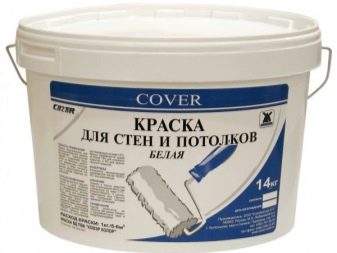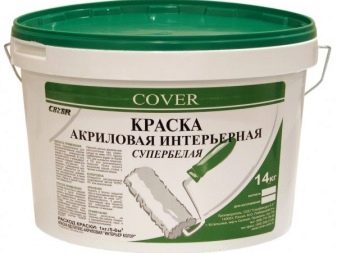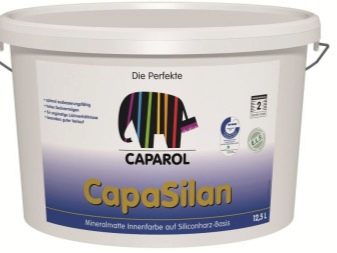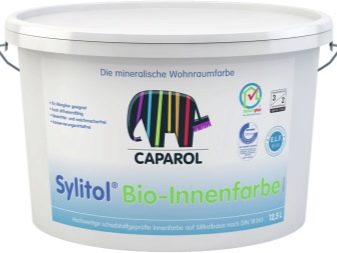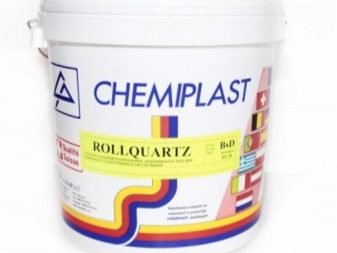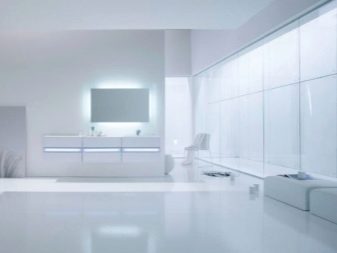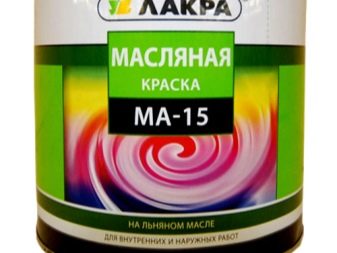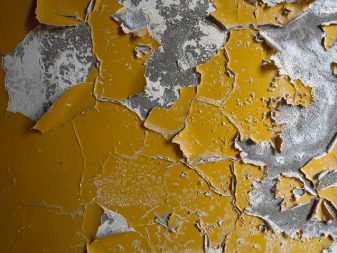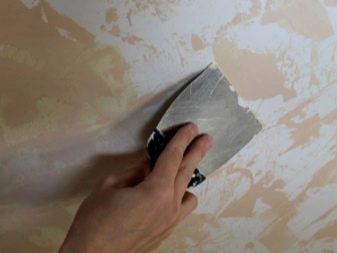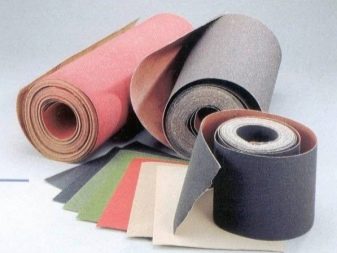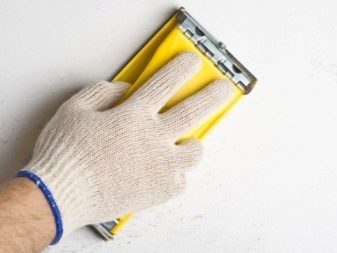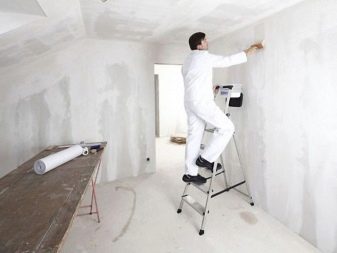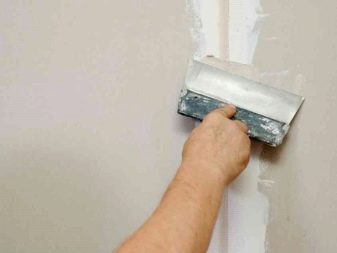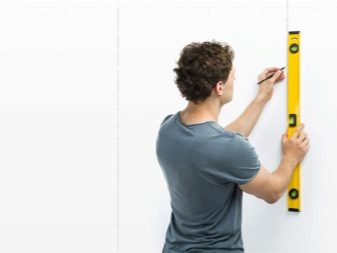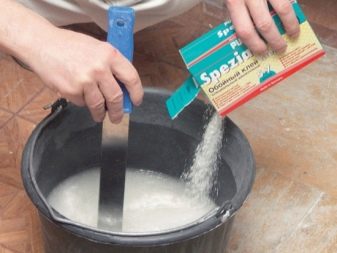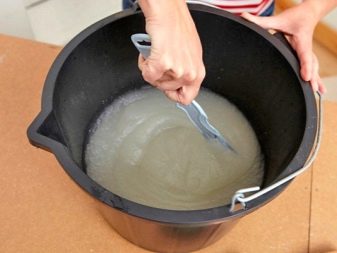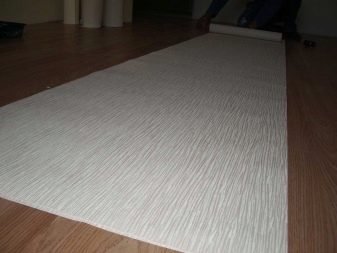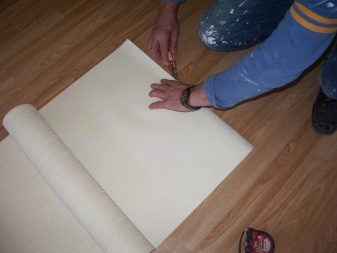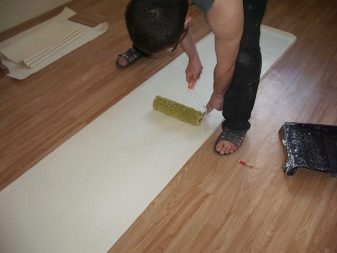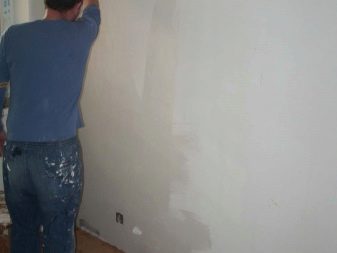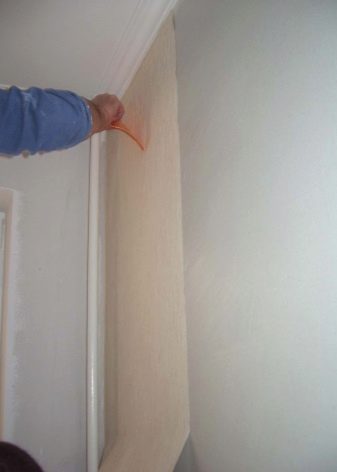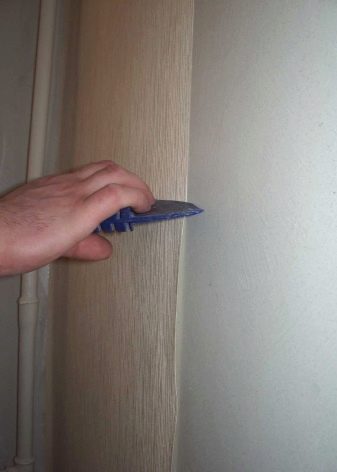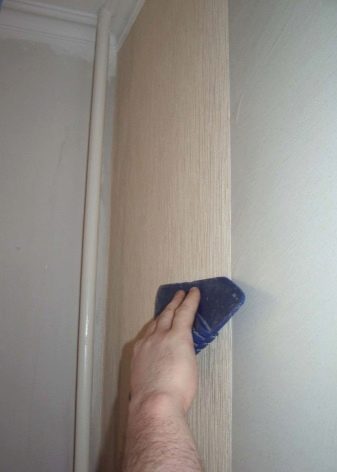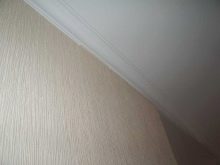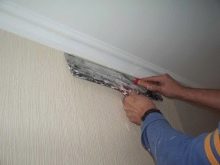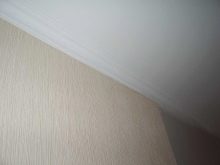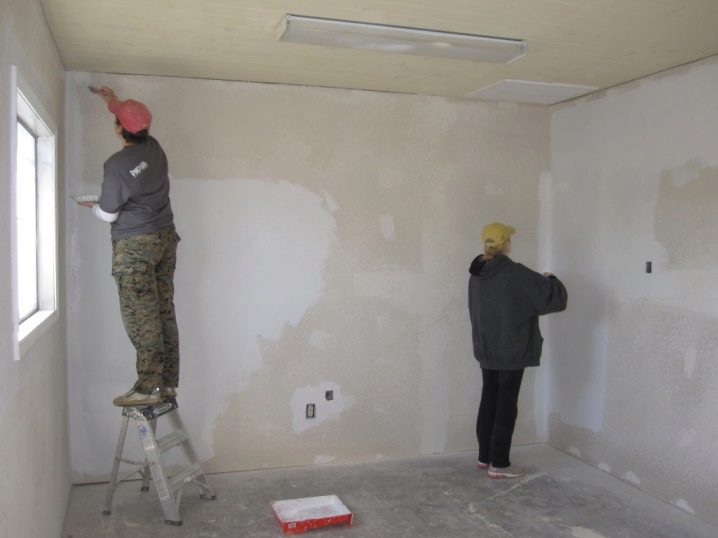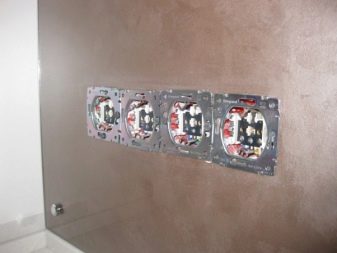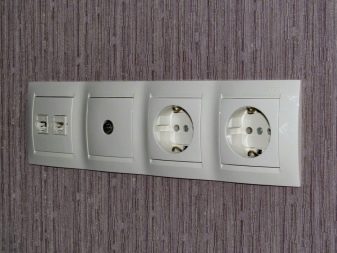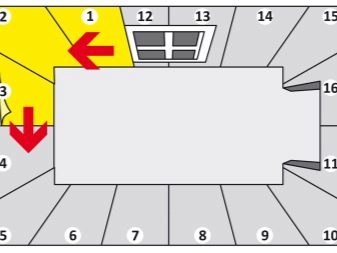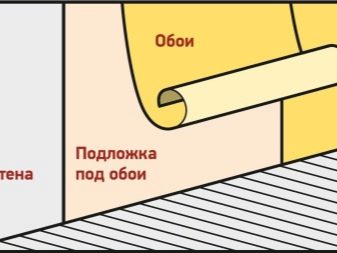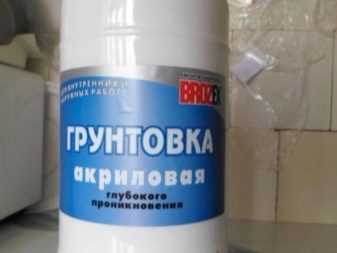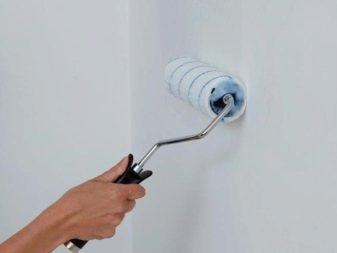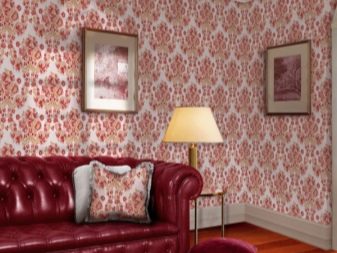Is it possible to glue wallpaper on water-based paint?

One of the important aspects that should be paid attention to when pasting wallpaper is the condition of the walls. Very often, such materials are applied to old surfaces, previously treated with paints or other solutions. But not all of these substances have high adhesion with wallpaper glue. Many users ask the question whether it is possible to glue the wallpaper on the water emulsion. With this work we will try to understand this article.
Types of coverage and their features
Wall decoration is carried out with the help of various types of paints, dabbed with universal parameters.Here are the classic enamel and water-dispersion mixture. These compounds fill all pores well. The latter type of mixtures is very often used for painting walls, since they practically do not emit sharp odors and dry quickly.
Today, several types of water-emulsion solutions are used to paint the walls.
- Acrylic paints. Acrylic resins and latex are present in these products. The last component is needed to increase the resistance of the solution to moisture. Paint these waterproof mixtures can be many types of materials from wood and plywood to plaster or concrete.
- Silicone formulations. A feature of this paint is that it can close cracks up to 2 mm wide. The substance prevents the development of the fungus, which makes it popular in the market. With the help of such paints whitewash is possible even wet bases.
- Silicate formulations. The paint is intended for use in relatively dry areas. Constant exposure to moisture can lead to rapid destruction of the structure of the substance and reduce the service life.
- Mineral paints. The structure of this product contains cement or lime.The main purpose of such solutions is painting concrete or brick walls. Mineral paints are relatively short-lived, which is one of the major drawbacks of the product, so they are not so common in residential areas.
Water base
Water based paints are safe products that practically do not emit harmful substances. They cover the walls with a rather thick layer that is not so easy to remove. The film does not peel off, but as if crumbling during physical exposure. This is what distinguishes them from oil solutions. At the same time, it is much more difficult to remove the water-emulsion layer than its oil-based analogs.
Oil base
Oil paints are often used in the treatment of internal walls. Their main advantage is good protection against moisture penetration. The film, which is formed on the surface, practically does not pass moisture. But over time, this substance will begin to peel off if moisture or air gets under the paint, destroying the top layer of the wall. The peculiarity of oil formulations is that they are torn off in small, solid pieces.
Surface preparation
The paint on the walls forms a kind of protective layer that does not allow the wallpaper glue to clutch with the cement screed. Therefore, before pasting paintings on surfaces painted with water-based paint, you need to properly prepare them.
This process consists of sequential actions.
State assessment
First of all, the surface of painted walls should be examined. It is important to identify the peeling of paint, as well as places with the presence of fungus, irregularities, cracks and other damage. If the paint has already begun to peel off, then such places must be cleaned. This will increase the adhesion of the adhesive to the wall. It is desirable to remove the layer completely to the concrete base.
Roughness creation
To ensure that the wallpaper is well stuck, some experts recommend to treat the surface with fine sandpaper. If the paint is well glued and does not peel off, then you can simply remove oil stains and other dirt. But it is better to still create a roughness, since over time the solution may begin to collapse.
Primer and putty
If the wall surface is uneven or covered with large cracks, you can level it with special mixtures.They are applied with a spatula on the wall in certain places. But before these procedures, it is desirable to treat the entire surface with a primer. It will connect the paint with a concrete base, which will make the structure stronger.
To obtain a positive result, experts recommend covering the walls with a primer in several layers. This can be done both before and after puttying. Use compounds that strengthen the structure of the paint, as well as prevent the development of fungi and mold. After drying, the liquid is treated with a surface putty. To create a smooth base, place the solutions with level graters.
How to stick?
Wallpapering walls with paint is relatively simple. This procedure consists of sequential operations.
- Markup. Vertical lines should be drawn on the previously prepared walls that will indicate the boundaries of each sheet. This is necessary to obtain a strictly vertical layout of the picture. The easiest way to solve this problem is to use a plumb line and a pencil. If the room has a perfectly flat door frames, then you can place sheets relative to them.But this option is suitable when the walls do not have warps, and the wallpaper itself has a regular geometric shape.
- Glue preparation. The proportions and composition of products depends only on the material of the wallpaper. It is important in the preparation of glue not to put all the mixture in the water at once, but to do this evenly, constantly mixing the composition.
This will create a mixture without lumps that will be visible on the wallpaper.
- Preparation of wallpaper. After the glue has been prepared, cut a sheet of the desired length from the roll. It is desirable to start with long pieces to the maximum height of the wall. These blanks can be cut with a small margin, since everything else can then be cut.
- Gluing. The initial stage is the application of glue on the inside of the wallpaper. Perform this with a small roller or brush, evenly distributing the mixture over the entire surface. Please note that for some types of wallpaper you need to apply glue and over the paint on the walls. This can be found on the instructions for the material.
When the canvas is ready, you should carefully stick it to the wall. Begin the procedure from the top, gradually lowering the sheet to the bottom. Try to set the wallpaper as accurately as possible on the markup.In no case do not peel the canvas, as this may lead to peeling paint and the inability to carry out further operations. If you still need to move the sheet, do it carefully or try to move it on the wall itself, without tearing off the material.
- Bleed. To level a cloth, use the rubber pallet. The air is expelled, starting from the middle of the sheet and consistently moving to its edges.
Nuances when pasting
All other sheets are glued in the same way. If you choose a wallpaper with a complex pattern, then you need to combine all subsequent canvases with the previous one. This is taken into account at the stage of cutting the workpiece. When the wallpaper is dry, you can cut off excess parts with a stationery knife. After that, fix the plinth or glue decorative baguettes.
These materials are distinguished by their low weight, as well as good adhesive properties.
Sticking wallpaper on walls painted with water-based paints is a fairly standard operation.
To get a strong and durable structure, you should consider a few nuances:
- Before you glue the wallpaper on such surfaces, it is important to check the quality of adhesion of paint to the wall.To do this, just wet the base and wait a bit. If after that bubbles appear, such walls should be completely cleaned of this substance. In another case, there is no guarantee that the wallpaper will last on such surfaces for a long time.
- Use for walls covered with water-based paints, non-woven wallpaper.
- Wallpapering should be done only when the power is off. It is important to pay attention to the wiring, which must be reliably protected from the effects of glue. It is advisable to hide the cable in closed gates or special plastic boxes. When working with sockets and switches you need to remove them. It will allow to level a cloth qualitatively. When it will be necessary to install the socket, then in the right place a hole of a certain size is simply cut.
- If the room has a window, you need to start sticking it from him. This will make the seams less visible.
- Drying the wallpaper is at a temperature of about 18 degrees. Do not put materials near the batteries, as excessive heat helps the glue to dry quickly, and this will not allow the elements to grapple. It is best to turn off the heating devices.
- If the humidity in the room is high, wallpapering is not recommended. The walls must be completely dry, so prepare them beforehand.
- There should not be large lumps on the surface, as they will tear the paper or leave ugly bumps. Therefore, it is desirable to polish such places thoroughly.
- When sticking heavy wallpaper for them, you must glue the paper backing. Previously, newspapers were used for such purposes, but today the material can be found in any specialized store.
General conclusions
Walls painted with water-based paints can be covered with wallpaper. But before that, you must carefully check and evaluate the water-dispersion paint. For applying wallpaper suitable painted walls, which were used for expensive and high-quality compounds. The additional use of primers will increase adhesion (adhesion), which is important for such structures.
If you are not sure that the material can withstand heavy webs, then it is better to completely remove it mechanically. Sometimes hot water can also help in this, which dissolves a good emulsion.The quality result of wallpaper sticking depends on the preparation of the wall, the type of wallpaper and the structure of the glue. Only the right combination of these components will provide a durable and high-quality coating.
In the next video, a professional designer will tell you whether it is possible to glue wallpapers on whitewash.


